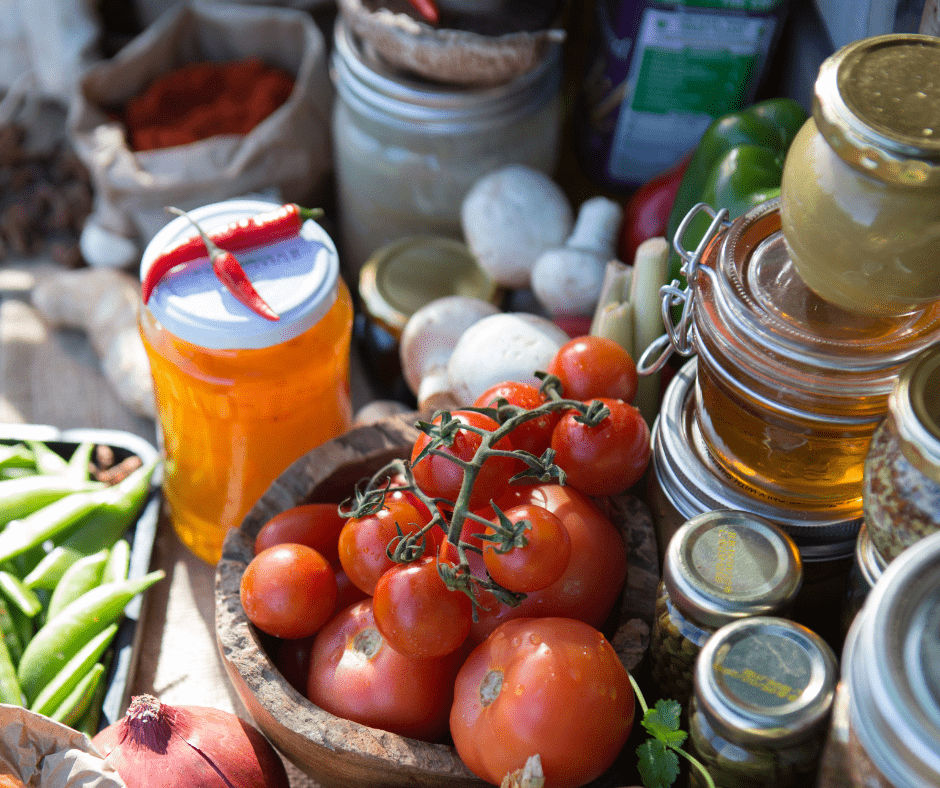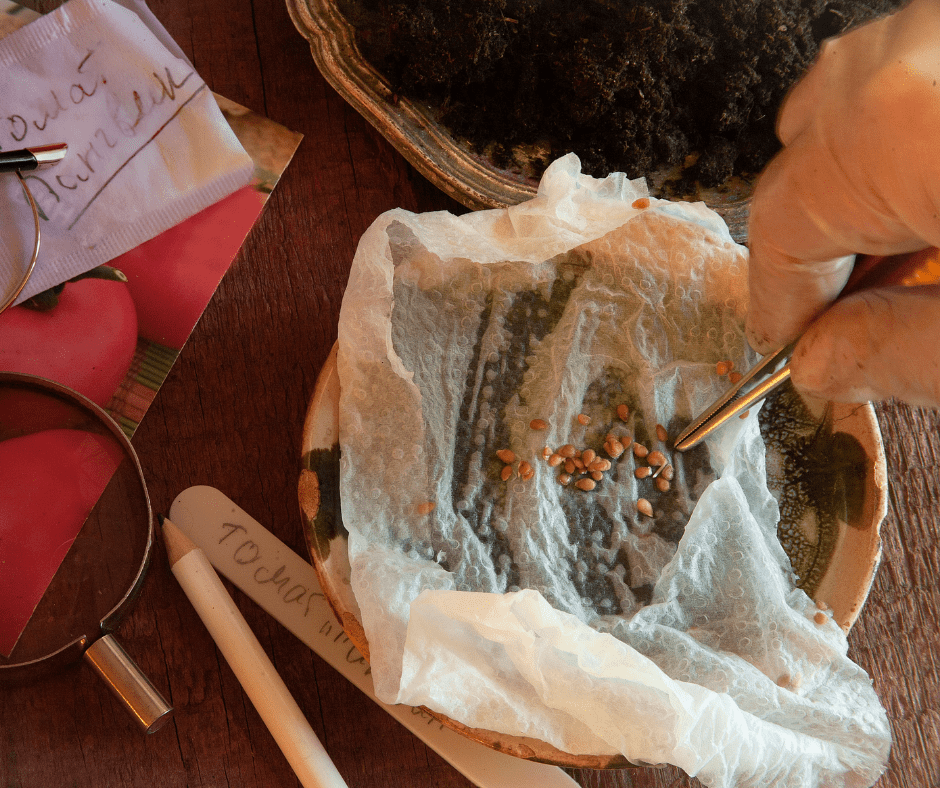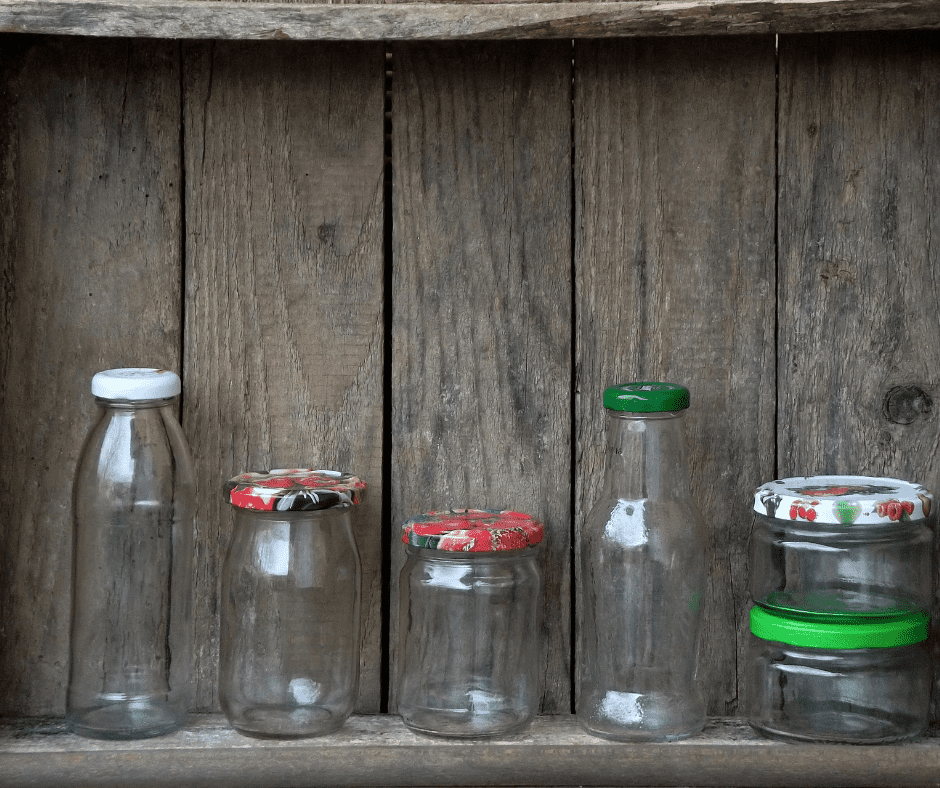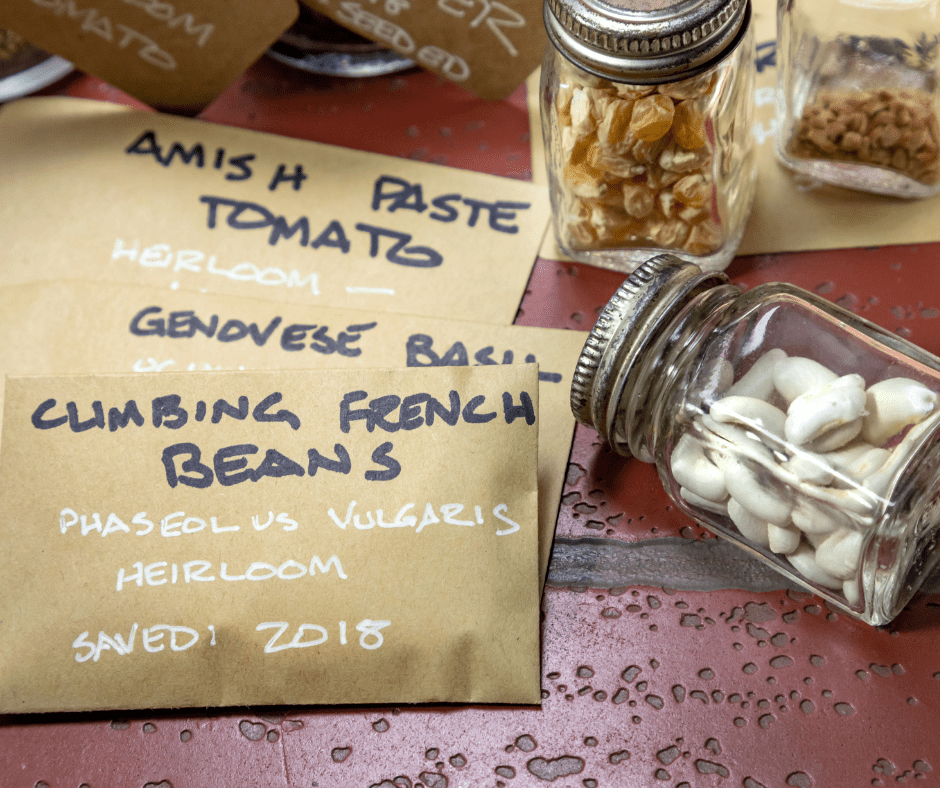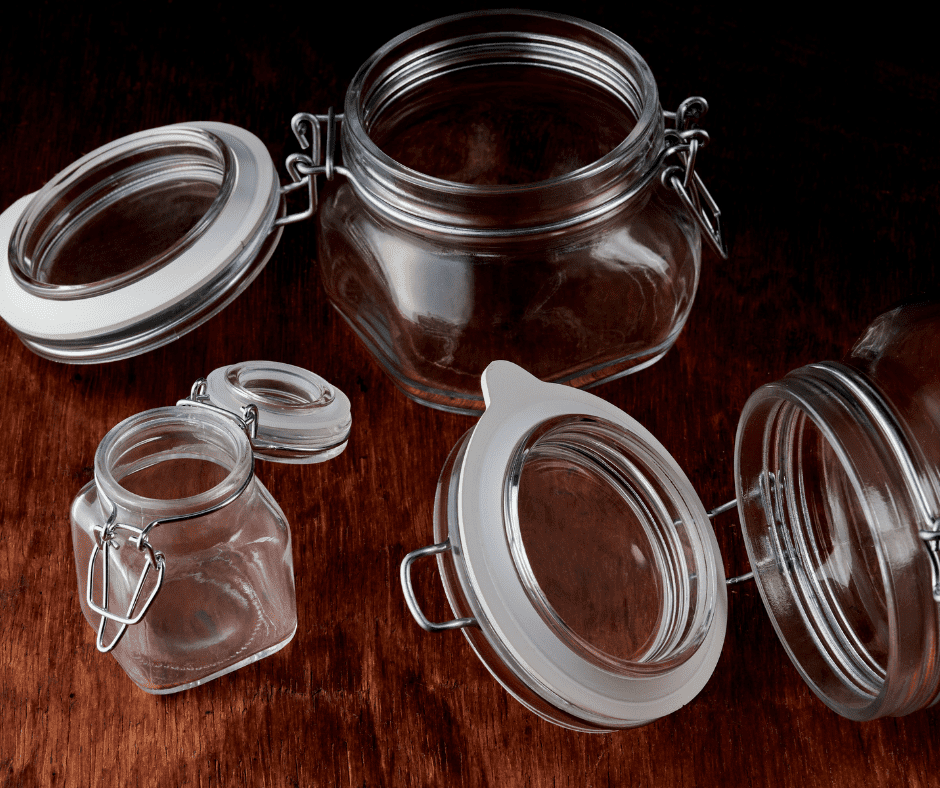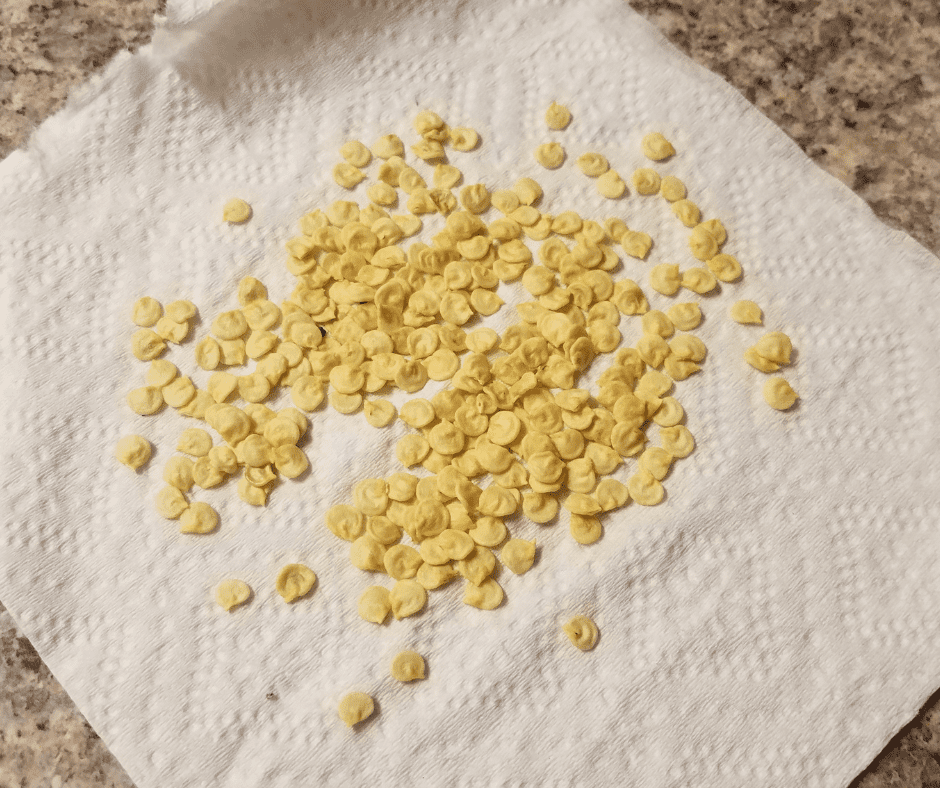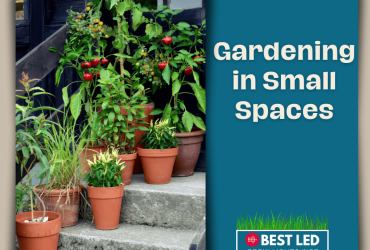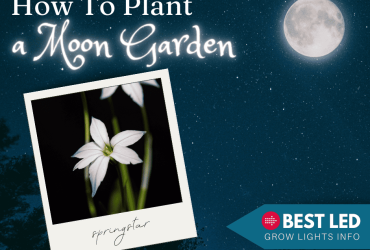How To Store Seeds For Next Year
Once I started a vegetable garden, I wanted to keep it flourishing for as many years as possible. However, I also wanted to keep my costs under control, and that led me to an important question: How do I save seeds for next year? As soon as that crossed my mind, I knew it was time for a deep dive into how to store seeds for the next year.
Additionally, as I researched the topic and made my first attempts at saving seeds for upcoming seasons, there was some trial and error. I wanted to cover what I learned to help you avoid some of that trouble. Here’s a look at how to store seeds for next year, as well as some frequently asked questions and answers.
How to Store Seeds for Next Year
If you’re asking yourself, “how do I dry and save seeds for next year?” I find a relatively straightforward three-phase process works well. Each step involves a few tasks, the nature of which can vary a bit depending on the seed you’re trying to save. As a result, it’s wise to look into what’s best for your specific type of seed in some cases. However, here’s a simple breakdown of what you’ll need to do.
Collect the Seeds
As you’d likely expect, the first step you’ll need to take when storing seeds is to collect the seeds. Precisely what that entails when collecting seeds, can vary a bit from one vegetable, fruit, or herb to the next.
For example, if you’re dealing with tomato seeds or cucumber seeds, you’ll need to remove them from the fruit and remove the gel surrounding them. Usually, you can tackle that by putting the seeds in a lidded bowl that holds some water. Put the seeds in the water and stir them daily. Usually, the gel breaks down in just a few days. Then, you can rinse and dry off the seeds.
With strawberry seeds, you may need to simply scrap them off the fruit or use a toothpick to dislodge them. However, some people prefer to blend up some strawberries and strain out the seeds, so that is a potential alternative if you’re trying to collect seeds from strawberries.
For pumpkin seeds, watermelon seeds, or bell pepper seeds, you can scoop them out, rinse them off, and set them out to dry; no soaking is required. With carrot seeds, you need to collect them from the carrot tops when the carrot is flowering.
It’s also important to note that with some plants, you must ensure they are open-pollinated or self-pollinated and not hybrid varieties. Hybrid seeds are created when two plant types with specific traits cross-pollinate. The issue with hybrid plants is that the seeds they produce might not lead to plants with the same characteristics.
Additionally, separating or isolating plants of the same species is often recommended to avoid undesired cross-pollination. That helps keep the vegetable seeds they produce true to the original, ensuring you get the desired result when growing seeds later in planting season.
Dry the Seeds
When you want to save seeds, having dry seeds is critical. Usually, this part of seed saving is simple, but it’s a little time-consuming. You’ll want to spread the seeds in a single layer on a piece of parchment paper. Keep them in a well-ventilated spot where the temperature is generally comfortable for people, and stir them once every day or two.
How long it takes for seeds to dry can vary. Some may take a handful of days; others might require weeks to dry completely. Unless you wait until there’s no moisture left in your produce seeds or flower seeds, they’ll rot in storage.
Store the Seeds
Almost any airtight container or jar can serve as excellent seed savers. If you’re only saving one type of seed in a container, you can simply place them inside and seal it up. If you want to keep multiple types of seeds in one airtight container, separate the seed types into different seed packets. Then, you can label the packets to track which seeds and which while placing them all in a container together.
Some people also put small silica packets – like the type that usually comes with new pairs of shoes – inside the airtight container. The silica packets help control moisture, which can prevent rotting.
Once the seeds are packed up, you must choose a place to keep the container until it’s time to plant seeds next year. You need to choose a cool, dark, and dry location. For some people, a closet works well enough. However, putting them in the refrigerator isn’t a bad idea if you have the space.
In most cases, the ideal storing temperature for seeds is below 40°F but above freezing. If you’re putting them in a fridge that’s opened regularly, make sure the airtight containers are opaque. Also, place them in a drawer with some humidity control, as humidity below 10 percent is usually best.
Since maintaining the required temperature in a refrigerator you use for regular food storage isn’t always wise, some people get a separate fridge for storing seeds. Beverage refrigerators are potentially a great choice. Many are reasonably compact, and some come with precise temperature controls. Plus, it allows you to use a fridge specifically for seeds, so it won’t get opened frequently.
FAQs About Storing Seeds for Next Year
How Do I Store Heirloom Seeds?
If you want to store heirloom seeds you collect from heirloom vegetables, the process above is what you’ll want to follow. Heirloom seeds don’t have unique collection or storage requirements. Plus, heirloom seeds are either open-pollinated or self-pollinated, which makes them good candidates for saving.
However, you do need to check to see if your heirloom plants are open-pollinated or self-pollinated. With open-pollinated vegetables, cross-pollination can occur unless you keep the plants adequately separated by type. How much distance is needed and what kind of controls or barriers are necessary may vary by plant type, so keep that in mind. With self-pollinating plants, there’s far less risk of cross-pollination.
Can I Store Seeds in Ziploc Bags?
It is technically possible to store seeds in Ziploc bags, but you need to ensure they’re airtight when sealed and don’t contain any moisture before you close them. Not all storage bags are actually airtight, so you want to choose versions that offer that level of seal; otherwise, you will have an issue with seed viability.
In some cases, adding silica packets can combat moisture issues. Some gardeners also place dry rice in the bags as moisture control. However, what matters most is ensuring the seeds are completely dry, as any moisture left in them gets trapped in the bag, which can lead to rot.
Also, you’ll want to label the Ziploc bags to ensure you know which seeds are which. Some people simply write down the seed type on a piece of paper that they place inside with the seeds. However, you can also use a Sharpie to write the name of the seed on the outside.
Finally, you may want to place the plastic bags in an airtight container together. Even if the bag says it’s airtight, there’s always a chance that a low amount of moisture may work its way inside. Adding an airtight container to hold the bags decreases the risk.
What Is the Best Container for Storing Seeds?
What container is best for storing seeds potentially depends on personal preference. Essentially, as long as the container is airtight, it’s a viable candidate. If it’s also opaque – which prevents potentially damaging light exposure – that’s even better.
One popular option is to place the seeds into seed packets and then put the packets into a mason jar. Mason jar lids are designed to be airtight when put on correctly. Plus, the jars are durable, and since they’re made of glass, they’re reusable and recyclable.
Tupperware containers or similar airtight food-storage solutions are also accessible options. Like mason jars, they’re also reusable for years, if not decades. Plus, they’re easy to clean, and you can stack them in your storage area.
Some people use vitamin bottles, but you may want to place those into a glass jar or an airtight container, as they aren’t always airtight themselves. The benefit of vitamin bottles is that they’re opaque and relatively compact.
Prescription bottles can also work. However, depending on the type of medication they hold, trace amounts can be left in the bottle. As a result, you need to wash them thoroughly. Additionally, since they aren’t always airtight, you’ll want to place them in a separate airtight container.
As mentioned above, food storage bags can work. Just keep in mind that you need to ensure that all moisture is out and that the bag can provide an airtight seal.
Regardless of the container you use, adding a moisture-controlling element is wise. Silica packets are typically the simplest solution. Plus, silica packets are reusable, so you can use the same ones for several years in some cases.
Should I Store Seeds in the Fridge or Freezer?
Since lower temperatures are beneficial when storing seeds, placing seeds in a refrigerator isn’t a bad idea. The trick is to ensure the temperature remains consistent, too, so you might not want to store seeds in the fridge you use for the food you eat every day. Instead, get a separate beverage refrigerator with precise temperature controls and don’t open it unless absolutely necessary, making it easier to keep the temperature level.
Freezing many types of seeds is also an option. Most orthodox seeds freeze well as long as there’s no moisture in the seed. If any moisture remains when it freezes, that can essentially kill the seed.
However, recalcitrant seeds won’t survive subfreezing temperatures below a certain point. Additionally, if their moisture content is too low, they’ll also die. Since they need higher internal moisture content, freezing them at all isn’t wise. The moisture will create ice crystals, which can essentially kill the seed, preventing it from germinating if you plant it later.
Some tropical seeds also aren’t as resilient when it comes to low temperatures. Some varieties aren’t even able to hold up to temperatures in refrigerators. As a precaution, those may need to stay in a cool, dark space in a person’s home.
How Long to Dry Seeds Before Storing?
Generally, it takes between one and three weeks to dry seeds before they’re ready for storage. Precisely how long depends on the type of seed itself. The larger or thicker the seed, the longer it typically takes. For example, a strawberry seed will dry well before a pumpkin seed will.
Ambient conditions also play a role. Humidity levels are a factor, as well as airflow. If you can keep the humidity lower and ensure there’s good air movement, such as by placing a fan in the space where the seeds are drying, you can make sure the seeds dry out as quickly as possible.
Can I Freeze Seeds?
As mentioned above, freezing seeds is an option for many types of plants. However, recalcitrant seeds typically won’t stand up to freezing, and tropical seeds could end up damaged if you freeze them.
Since there are risks with freezing your own seeds, it’s wise to research your specific seed type before you put them in the freezer. Additionally, even if a seed is freezable, make sure it’s completely dry, as any remaining moisture could hurt the seed once it’s frozen.
How Do I Store Seeds for the Long Term?
Using airtight, opaque containers and storing them in a spot where the temperature is appropriate and moisture isn’t an issue will help you save your seeds for as long as possible. However, seeds may only remain viable for two to five years, depending on the type, even when properly stored. Since the survival of long-term storage varies, you’ll need to research the seeds you want to keep to see what the maximum lifespan is as a precaution.
Lastly, you can look for seed banks in your area if you’re looking for a wider variety of seeds to start your indoor garden.
Enjoyed this post? Pin it!


